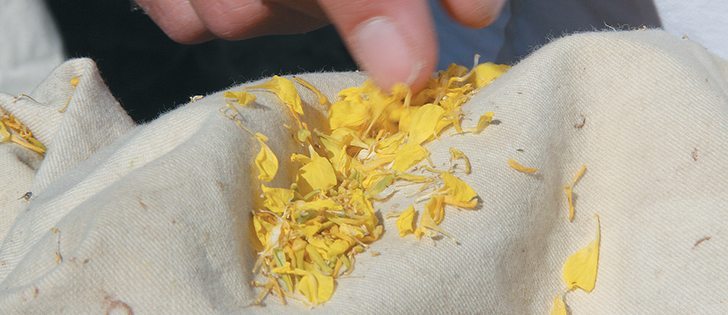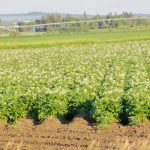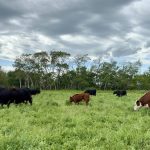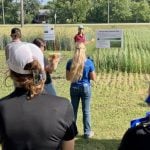BROOKS, Alta. — Testing the DNA of spores on canola petals could tell farmers when and what fungicide to spray.
Canola petals are collected and examined for sclerotinia spores using a quantitative polymerase chain reaction to identify and differentiate the DNA traces.
Known as a PCR test, it can yield results in about five hours and show what fungi are present and whether treatments are required.
“Instead of that five day delay, we are getting results in five hours,” Barb Ziesman, PhD candidate in plant pathology at the University of Alberta, told a canola education day at Alberta Agriculture’s Crop Development Centre near Brooks July 31.
Read Also
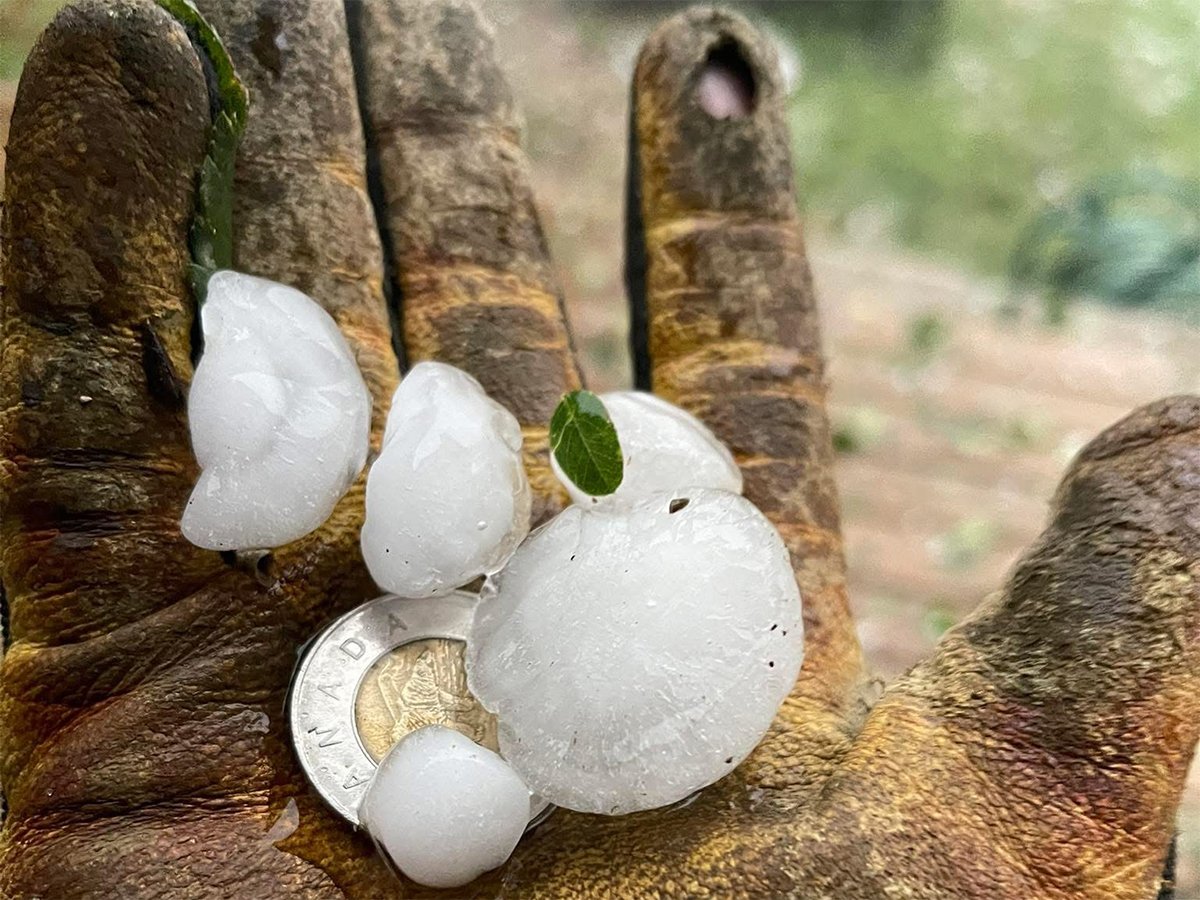
Half million acres of Alberta crops affected by massive hail storm
Late August hail storm catches farmers in prime harvest mode, damaging half million acres of crops in Alberta.
“They allow us to make decisions a lot faster.”
Her research has involved collecting thousands of petals from Western Canada. Results have been variable since 2011, but her work is growing more promising as a way to more precisely identify disease.
She also sampled flowers at different bloom stages, which may eventually show how much fungus is there and how soon it strikes a plant.
Some past tests were not as sensitive or did not correctly identify the fungi present on the petals.
She has been working with seed laboratories to check the flowers and offer practical tests for farmers. She also mailed samples and found there was no change in the DNA, even if the petals were dehydrated.
Blackleg is also making a comeback, said Ralph Lange of Alberta Innovates-Technology Futures, who has developed a PCR test for detecting the disease.
“Blackleg is the most common canola disease, especially in central Alberta,” he said
The reappearance is partly because of increased acres devoted to canola. Shorter rotations also encourage the fungus to infect plants.
“The infection is very low, but wherever canola is grown now there is blackleg fungus present,” he said.
Canola is a valuable crop in the West and needs to be well managed and protected. He advises longer rotations and changing plant varieties.
“You may want to keep the banker happy, but I am telling you, the rotation management is important as economically feasible,” he said.
“At least change herbicide resistant types. From a pathogen’s point of view, if you have canola, wheat with canola volunteers in your rotation means you really have canola on canola.”
His team is monitoring fields in the Peace district and in central Alberta but need more sites in the south. As a result, the researchers are looking for volunteers to allow them to sample their fields around harvest time for blackleg.


